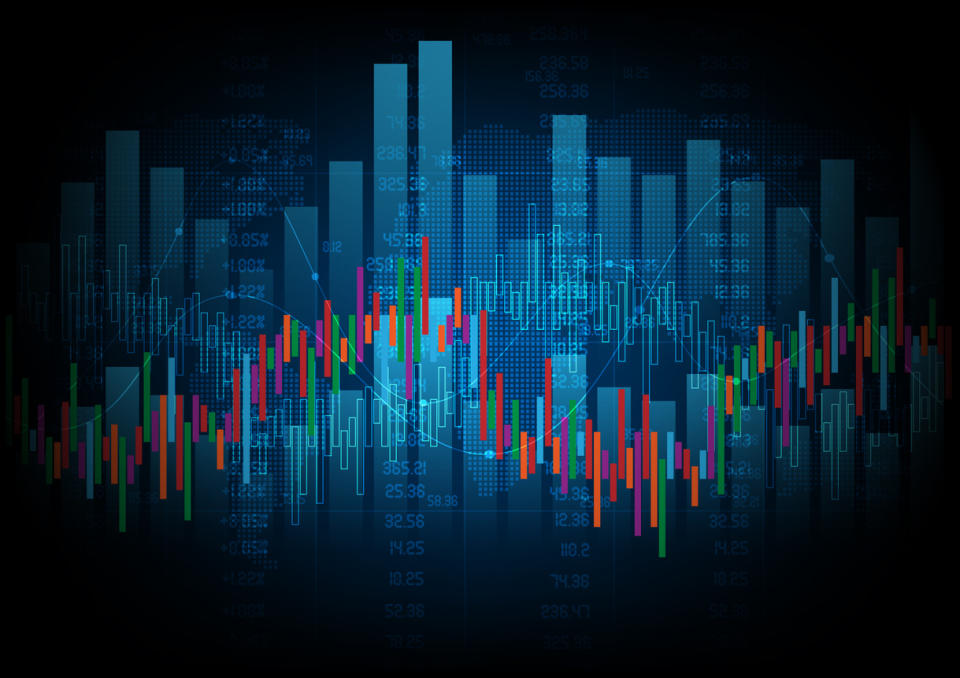These ETFs Are Down—Not Necessarily Out

Just because an ETF has fallen, does it mean it can’t get up? That’s the question investment advisors and investors need to ask themselves.
With the markets in flux, there’s not been a better time to do it, maybe in years.
The stock market’s recent performance has been so uneven it's created perhaps the largest perception gap I’ve seen in 38 years in the industry. That is, investors seem to be walking around thinking “the market” is doing well when in reality, many corners of it are suffering.
This is likely a product of two modern investing realities: a flood of assets into S&P 500 index funds like the $424 billion Vanguard 500 Index Fund (VOO), and the hyper-concentration within that index, where only 10 stocks make up 31% of assets. It is a feast or famine stock market, and that leaves some former high-flyers looking either very cheap, or just very sad, given where they once were.
The expression goes, “you only live once.” That’s true in life as far as we know. But in the ETF business, maybe not?
YOLO? Maybe Not in ETFs
The $52 million AdvisorShares Pure Cannabis ETF (YOLO) recently passed the five-year mark. This portfolio of 23 holdings in companies primarily in marijuana and hemp-related businesses is down 87% from its all-time high in February of 2021. That’s a long road back, but it has made up some of the ground, posting a 50% gain the past 6 months. This ETF once sold for more than $30 a share, and it closed Friday at $4.07. That alone is not a sign of “value” but it might pique the interest of investors who have seen the stock market’s habit of bailing on a stock or ETF, only to discover it again down the road.
The $48 million KraneShares MSCI All China Health Care Index ETF (KURE) needs a cure itself after a 68% decline from its 2021 high. This 82-stock portfolio might be about the most contrarian idea one can find if U.S. investors are their audience. China stocks? In healthcare?
How soon we forget that just a few years ago, the potential of providing next-level healthcare to the enormous Chinese population was a popular topic. Now, not so much. That makes it worthy of some additional research and analysis by investors tired of chasing yesterday’s winners, assuming they will keep winning.
Equal-Weighted ETFs and the Rest of the Market
An ETF that might just be the best example of what has and hasn't worked in the stock market the past three years is the $175 million Amplify Online Retail ETF (IBUY). Despite rallying 40% the past 12 months, it is still down 60% from its all-time high more than three years ago. The obvious question is, “how can an ETF investing in online retail stocks, the U.S. leader of which is Amazon, be down that much?”
Here's your answer. This is an equal-weighted ETF and owns 72 stocks. So even the performance of Amazon, Carvana and other recent winners only pushes the full ETF portfolio up so much. And, while many online retailers have seen their businesses stabilize, the time that of the out of favor ETFs mentioned in this article peaked in price, it was a year into the pandemic, so these ETFs were in a sweet spot the likes of which we have not seen since the dot-com bubble.
It remains to be seen if these ETFs are bounce back candidates, or a foreshadowing of what is to come for the set of ETFs that succeeded them in becoming the big percentage winners as the pandemic-era restrictions on mobility and economic activity ended a couple of years ago. But more than anything else, when we study price trend patterns like these, it reminds us that investing is highly-cyclical, a fact that may not be as obvious to S&P 500 investors right now as it should be.
